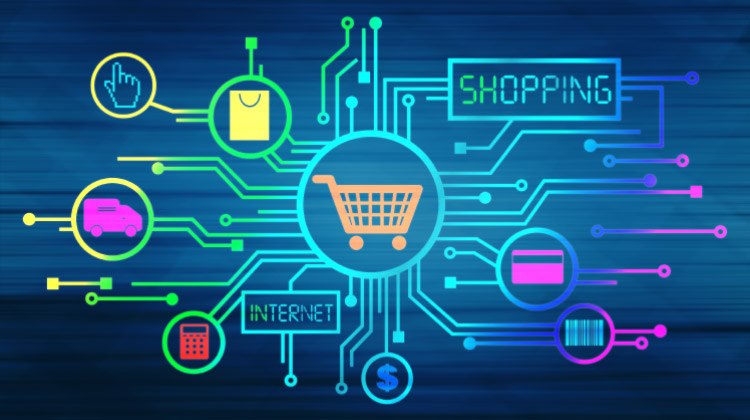Fifty years ago, on 31 March 1971, leaders from the biggest names in commerce came together and transformed the global economy forever by developing the Global Trade Item Number (known as the “GTIN”). This numerical code uniquely identifies every single product and is the core of the barcode, the most important supply chain standard in history. Today, the barcode is scanned over six billion times every day and remains one of the most trusted symbols in the world.
“This is one of the great, untold stories in the history of the modern economy. Half a century ago, fierce competitors came together, put aside their differences and remade global commerce for the better with the development of the GTIN, which in turn led directly to the creation of the barcode. As we celebrate this remarkable milestone, we call on businesses to collaborate once again to meet the needs of the 21st century economy by rapidly deploying and implementing new technologies, including data-rich, next-generation barcodes,” said Kathy Wengel, Executive Vice President & Chief Global Supply Chain Officer of Johnson & Johnson and Chair of GS1 Management Board.
The 1971 historic meeting took place in New York City and included leaders from the biggest names in groceries, retail and consumer goods at the time, including Heinz, General Mills, Kroger and Bristol Meyer. The executives agreed to create a system to uniquely identify every single product, calling it the Global Trade Item Number, or GTIN. With great foresight, they believed that the GTIN could have a positive impact even beyond the grocery store – from warehouses to board rooms – and would boost speed and efficiency of transactions and processes that could transform everything from supply chains to consumer experiences. And they agreed at the meeting to continue to innovate together to create a system that would benefit businesses and consumers alike. Decades later, the BBC named the resulting outcome one of “the 50 things that made the world economy.”
“From the visionary meetings of the founders of GS1 to the first scan at Marsh Supermarket, the early 1970s were enormously exciting and challenging. I am honoured to have been a part of something so beneficial to our world, seeing companies joining forces and allying for the common good. Now it is time for a new generation of industry leaders to come up with new forms of standards that will 2
have the power to transform business for the next fifty years”, said Tom Brady, an engineer who developed and installed the scanner system used at Marsh Supermarket to scan the first barcode with GTIN in 1974.
GS1 standards such as the barcode continue to help make the vast complexity of modern, global business flow quickly, efficiently and securely, simplifying all kinds of supply chain processes in almost every sector all around the world. However, as consumers demand more and better product information, it is time to bring barcodes to the next level.
Raed Al-Samahiji – Founder, President & CERO of GS1 Bahrain added “Developments towards next generation barcodes (such as square barcodes like QR codes), which can hold vastly more information, should be used to empower consumers with trusted information and reshape global commerce for a new century. Their use, for example, can tell consumers if a product contains allergens, if it is organic, and information on its carbon footprint. Ultimately, this provides consumers with a greater level of trust and loyalty relating to the products they buy,”
“Our ultimate objective is to ensure transparency, satisfaction, safety and trust to our customers, our partners and our employees,” said Özgur Tort, CEO of Migros Ticaret a.ş. and Co-Chair of Consumer Goods Forum. “Like our predecessors half a century ago, we as business leaders must come together now, to develop standards that deliver even more useful and accurate product information. This type of collaboration and partnership can advance emerging technologies in ways that will benefit both businesses and consumers, all over the world.”




